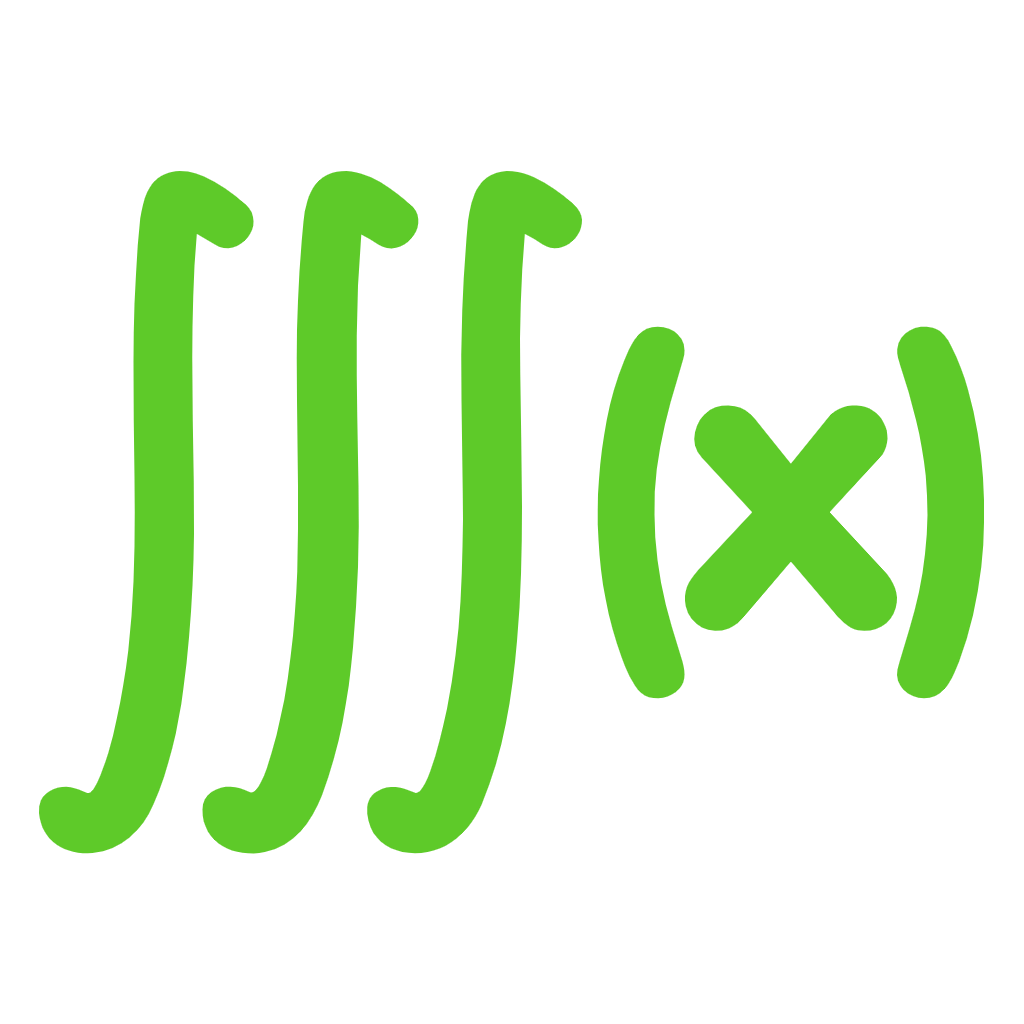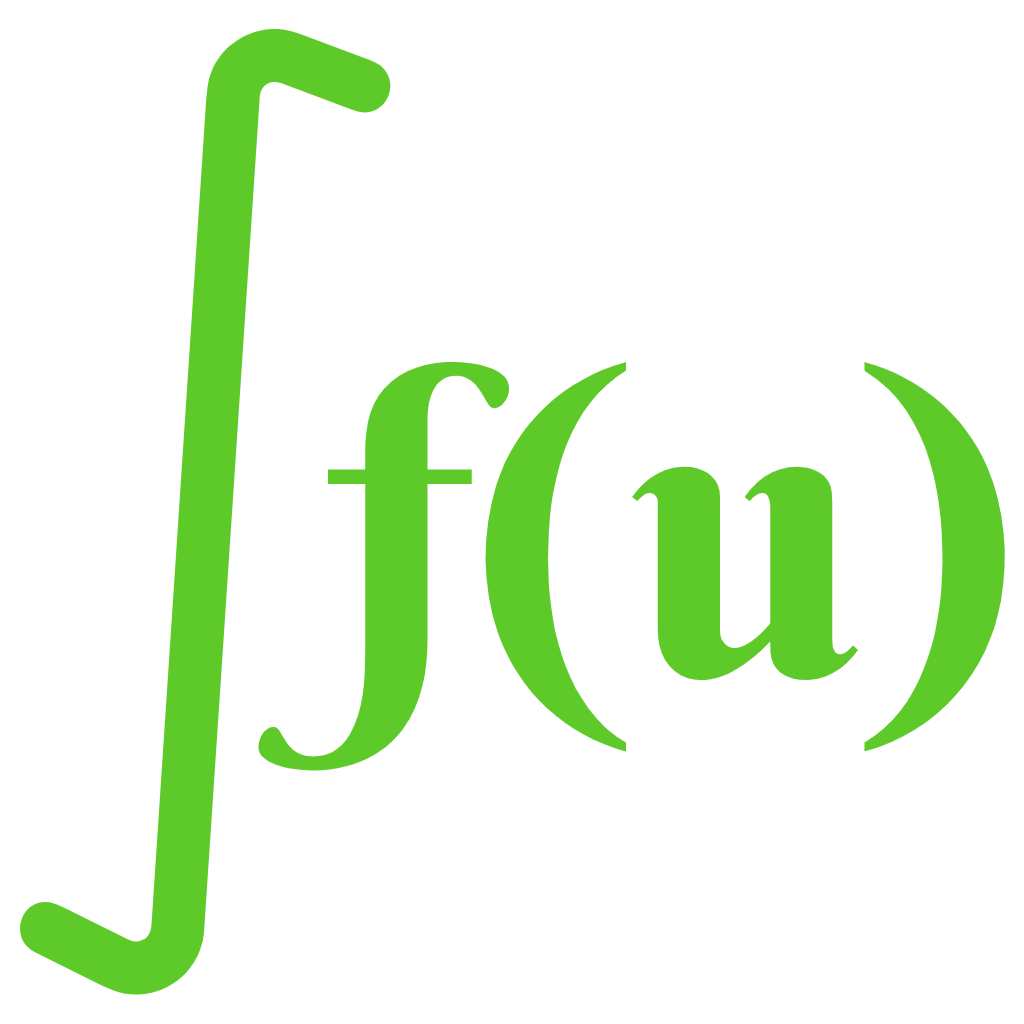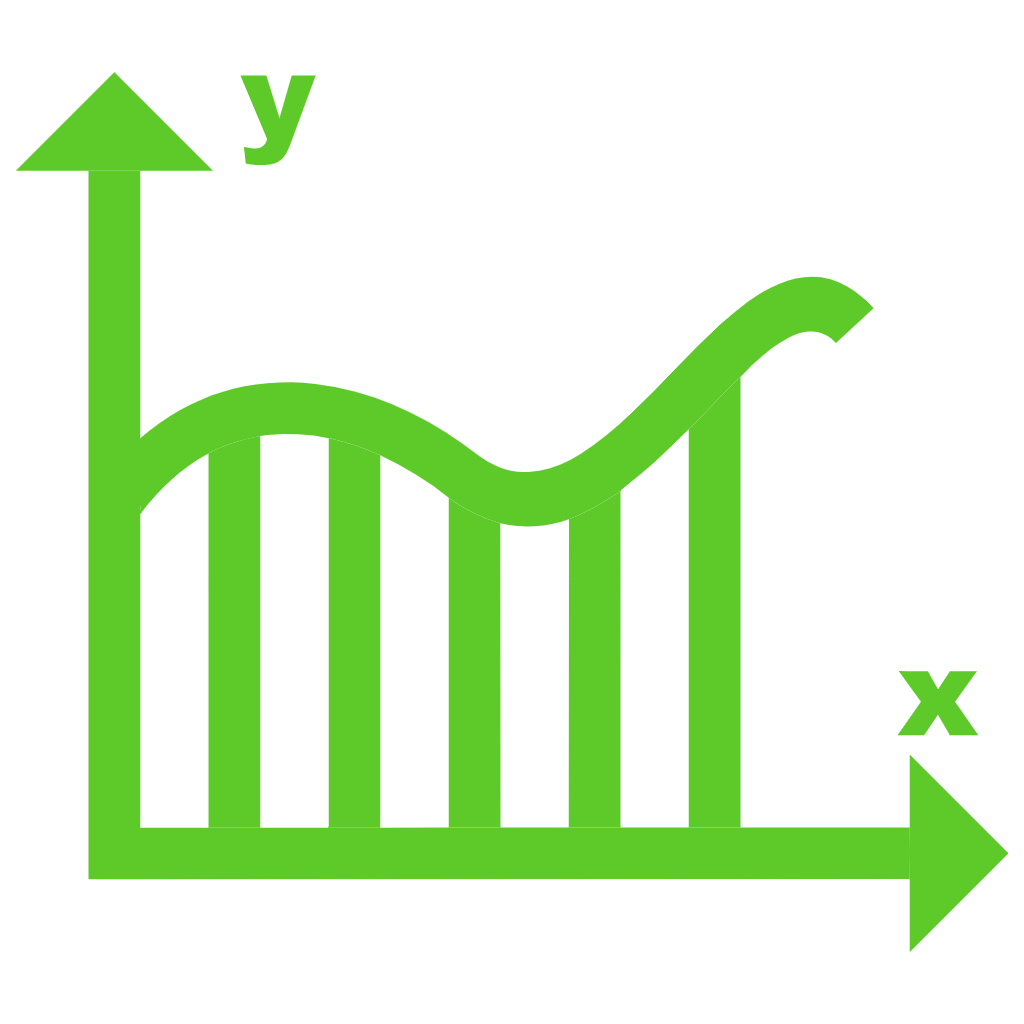Introduction to Trapezoidal Rule Calculator
The trapezium rule calculator is an integral tool that helps you to find the area under the graph and splits that graph into smaller parts.
The trapezoidal calculator evaluates the given definite integral function that is enclosed in a curve that divides into small lines that calculate after adding these lines to get the area under the curve.

A trapezoidal rule calculator is a tool that automates this process, allowing users to input a function, specify the interval,choose the number of subintervals (n), and then compute an approximation of the definite integral using the trapezoidal rule formula.
Additionally, our calculator is helps you to find the area under the graph and splits that graph into smaller parts. Further, if you would calculate the area enclosed by two curves, you can utilize our area between polar curves calculator. Our calculator also help for analyzing intersections and contrasts between different functions, aiding in visualizing complex geometric relationships.
What is a Trapezoidal Rule?
The trapezoidal rule is a technique used for definite integral to find an area under a bound region of a graph that divides the area into small pieces and the summation of these graph pieces gives the solution to the integral problem.
Moreover, the trapezoidal rule is versatile and applicable to a wide range of functions and intervals. It can handle both continuous and discontinuous functions, making it a valuable tool in various fields such as physics, engineering, economics, and more.
To further enhance your understanding and application of integration techniques, including the trapezoidal rule, you may find it helpful to explore tools like the disk volume calculator, which can aid in visualizing and computing volumes of solids of revolution generated by revolving a region bounded by a curve around a line.
Notation Used by Trapezoid Rule Calculator
The trapezoidal formula gives an approximation value of the area in an interval. The trapezoidal rule used by our trapezoidal rule calculator is as follows,
$$ \int_{a}^{b} f(x) dx \approx T_n \;=\; \frac{\triangle x}{2} \biggr[f(x_0) + 2f(x_1) + 2f(x_2) + … + 2f(x_{n-1}) + f(x_n) \biggr] $$
Where,
△x = b-a/n
xi = a + i△x.
y = f(x) is a continuous integral function on an interval
[a, b] is the limits values of integral
y0, y1, …. yn are the values of a function ( x = 1, 2, 3, ….., n) as y=f(x)
For further exploration and application of integration techniques, including methods like the Washer Method, which is used to find volumes of solids of revolution, you may benefit from utilizing tools like the solids of revolution calculator. This calculator assists in visualizing and computing volumes by integrating the cross-sectional areas of solids formed by rotating a region bounded by two curves around a line.
Working Method of the Trapezium Rule Calculator
The trapezoidal approximation calculator works on the principle of integration to solve the area under the curve that divides into small lines. This rule is mostly used to calculate the definite integral of a graph using integral rules as it is installed in its server.
When you give input in the trapezoidal sum calculator, it checks the given data in the given question to find the area. Then it identifies the interval value on [a,b],△x is the subinterval then puts all the given values into the formula △x=b-a/n to get the h(width of graph).
After that, the trapezoidal method calculator finds y0,y1,y2….,yn values to solve the definite integral problems f(x) and then applies the upper and lower limit as y=f(x). Now we get all the values that are required in the trapezoidal rule formula and add all calculated values in the formula to find the area.
You get the solution to your given trapezoidal question in a fraction of a second after you hit the calculate button. Now let's examine an example of a trapezoidal rule to know the working procedure of the trapezoid rule calculator. For related calculations involving volumes using the shell method, you might want to use our Shell Method Calculator, which provides efficient solutions for such problems.
Example of Trepozodial Rule Calculator
An example of the trapezoidal rule is given to know how to solve the problems manually. Although such problems can be solved using trapezoidal rule calculator but it’s always helpful to know the steps by yourself. So, here’s an example of manual calculations of such problems with explained steps,
Example:
Calculate the following using the trapezoidal rule,
|
x |
f |
|
1.4 |
4.0552 |
|
1.6 |
4.9530 |
|
1.8 |
6.0436 |
|
2.0 |
7.3891 |
|
2.2 |
9.0250 |
Solution:
Using the trapezoidal rule,
$$ \int ydx \;=\; \frac{h}{2} \biggr[ y_0 + y_4 + 2 \biggr(y_1 + y_2 + y_3 \biggr) \biggr] $$
$$ ydx \;=\; \frac{0.2}{2} \biggr[4.0552 + 9.025 + 2 * (4.953 + 6.0436 + 7.3891) \biggr] $$
$$ \int ydx \;=\; \frac{0.2}{2} \biggr[ 4.0552 + 9.025 + 2 * (18.3857) \biggr] $$
$$ \int ydx \;=\; 4.9852 $$
This approach gives us the ultimate answer to our problem, considering specific starting and ending points. For further, simplify of given integral you can use our simpson's rule approximation calculator. Also, you can obtain a more precise approximation of the integral value. This simplifies the process of calculating integrals, especially when dealing with complex functions or intervals.
How to Evaluate the Trapezoidal Rule Calculator
The trapezoid rule calculator is a simple procedure that is used to evaluate the definite integral function of small intervals by following our guidelines.
Additionally, for exploring alternative methods of numerical integration, you can utilize our midpoint rule integration calculator. This calculator employs the midpoint rule, another numerical integration technique, to approximate definite integrals. It's a valuable resource for comparing results and understanding the behavior of different numerical integration methods.
- Enter your definite integral function in the trapezium rule calculator.
- Add the upper and lower limits in the relevant box
- Add the order of trapezoids to find an area in a number of the trapezoidal boxes
Result Obtained from Trapezoidal Calculator
The trapezoidal sum calculator gives the result in a fraction of a second after adding the definite integral as input in the calculator. It may include as:
- Result
This option provides you with a solution to a given question
- Possible step
It will give all the steps of the trapezoidal rule
- Recalculate
It will bring you back from a new page for more calculations of the trapezoidal rule
Advantages of Trapezoidal Approximation Calculator
The trapezoid approximation calculator provides you with multiple benefits while you are using it to solve different types of definite integral functions to find areas that divide into small segments.
The Trapezoidal Calculator offers efficiency, accuracy, and convenience, making it a valuable tool for numerical integration and mathematical analysis.Furthermore, with the riemann sum to integral calculator, you can dive into different ways of approximating integrals, not just with the trapezoidal rule. It gives you a wider set of tools to analyze numbers and solve mathematical problems.
- It helps to save time while consuming in doing calculation of trapezoidal rule.
- It has a simple interface that means anyone can use it to solve areas of bounded region.
- The trapezoidal rule calculator provides an accurate solution of definite integral function whenever you use it
- You can use this tool for practicing different examples of trapezoidal rule.

























